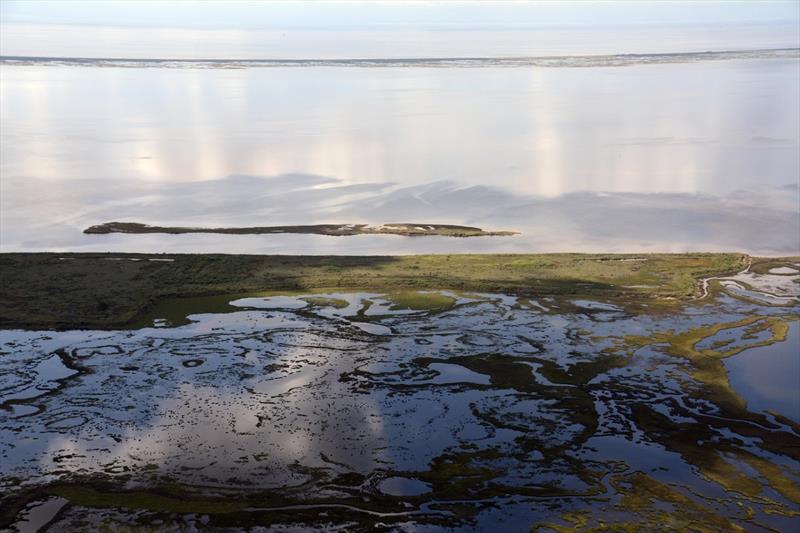
NOAA announces latest partnership to restore habitats damaged by oil and hazardous waste
by NOAA Fisheries 16 Aug 2018 05:59 UTC

Aerial photo of San Bernard National Wildlife Refuge on the Texas coast © USFWS
Multi-year partnership with Ducks Unlimited has an initial funding amount of $1.8 million to help restore habitats in Texas damaged from the Deepwater Horizon oil spill.
NOAA and Ducks Unlimited are teaming up to restore habitat damaged from oil spills and hazardous waste releases. An initial cooperative agreement between the two organizations includes $1.8 million for restoration activities in the Gulf of Mexico, in coordination with the State of Texas. This new chapter in our partnership with Ducks Unlimited has potential for additional funding to support similar projects in other regions over a five-year time period.
This funding will support work on marine and coastal habitat conservation and restoration goals related to the Deepwater Horizon oil spill.
The funded project, the Dredged Material Planning for Wetland Restoration Project, will focus on marsh restoration at eight sites along the Texas coast. NOAA and partners will be prioritizing and developing guidelines for restoration of these degrading intertidal habitats. When restored, these habitats will support a diversity of fish and marine life that are important components of commercial and recreational fisheries, and other recreational industries. The funding is part of a 2017 announcement of grants available to partners to implement projects restoring habitats and coastlines damaged by oil and chemical spills using funds recovered from those responsible for environmental harm.
NOAA's Damage Assessment, Remediation and Restoration Program, which works across multiple offices, helps to restore natural resources after disasters like the Deepwater Horizon or Exxon Valdez oil spills, bringing the habitat back to its condition before the incident. Since 1991, we have recovered more than $10 billion from those responsible for environmental harm to implement habitat restoration across the country.
Partnerships like this are key components of successful restoration efforts. They provide NOAA and other natural resource trustees additional options for building restoration projects to quickly address natural resource injuries. In addition, partners bring different perspectives and innovations that contribute to trustees' restoration goals.